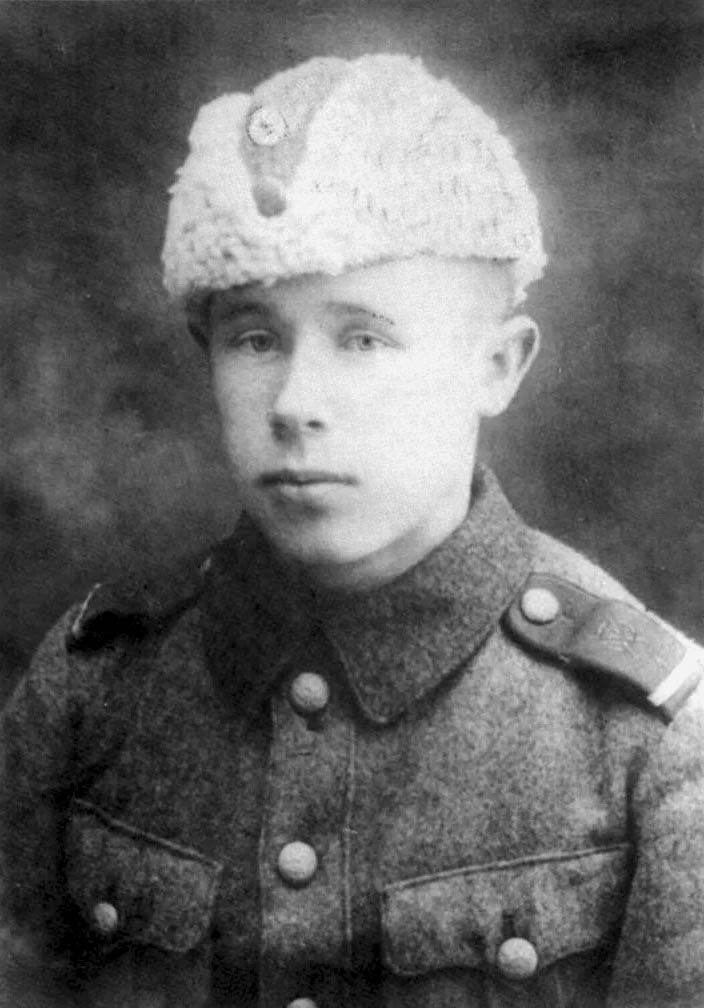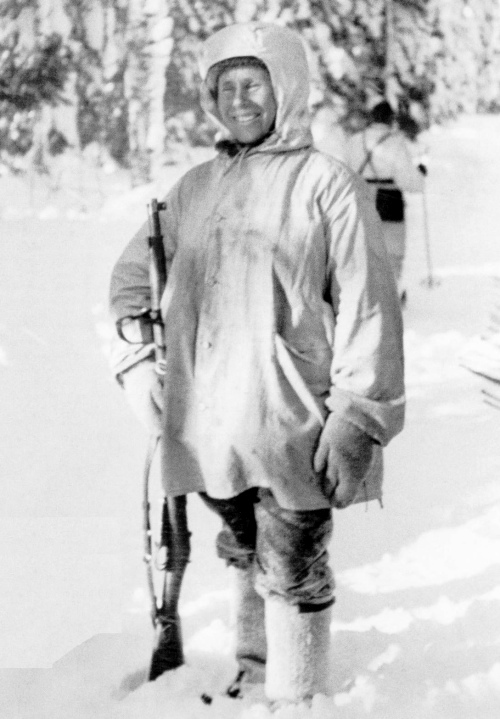Last updated on November 24th, 2023 at 07:24 pm
The Winter War, also dubbed the Russo-Finnish War of 1939, was between the Soviet Union and Finland at the beginning of World War II.
Finland believed the Soviet Union wanted to expand into its territory. But on the other hand, the Soviet Union feared that Finland would allow itself to be used as a base for enemies to attack.
The Soviet Union demanded that Finland cede substantial border territories in exchange for land in another territory. When Finland refused, the Soviet Union invaded with 21 divisions totaling 450,000 men.
However, the Finnish Army had scouted the area and made fire plans, seeking help from Sweden and the Western Allies in anticipation of the invasion.

The war was a test of the resolve of the Finnish Army, and although small and under-resourced, the army took on the strength of the Soviet Union’s Red Army.
The Red Army, ill-led, could not handle the Finnish terrain and winter weather. Despite the military strength and ammunition of the Red Army, they were greatly defeated and suffered an immense loss.
Unfortunately, Finland resisted for only three months as the Red army came back stronger with modern equipment.
Finally, exhausted from the constant war, Finland succumbed and was forced to sign the Peace Treaty of Moscow in 1940, ceding 11% of its border areas to the Soviet Union. One of the brave Finnish Army soldiers to grace the battlefield was Simo Häyhä.

Simo Häyhä Early Life and Military Years
Simo Häyhä, AKA “Simuna,” “The White Death,” and “The Magic Shooter” (1905-2002), was a Finnish military sniper in during the 1939-1940 Winter War against the Soviet Union and World War II.
He was born on December 17, 1905, to Juho and Kathriina Häyhä in the Kiiskineh hamlet of the Rautjarvi municipality in the Viipuri Province of Southern Finland near the borders with Russia.
Before joining the military service, he was a farmer, hunter, and skier. His hunting experience taught him how to exploit the battlefield terrain.
At 17, he joined the Finnish voluntary Civil Guard. Successful in various local shooting competitions, he was awarded for his skilled marksmanship. In 1925 at 19, he started his 15 months of military service in the Bicycle Battalion 2 in Raivola.
However, Simo did not receive formal sniper training until 1937 at a training center in Utti. He served as a military sniper in the Finnish Army during the Winter War under Lieutenant Aarne Juutilainen in the 6th company of Infantry Regiment 64.
He ranked as an Alikersanti (Corporal). When the Soviet Union launched an attack on Finland, Simo leaped to defend his country.
He was among the few soldiers tasked with defeating the overwhelming military strength of the Red Army. Camouflaged in complete white, Simo, alongside other snipers, stationed themselves in the snowpits in cold weather temperatures between 45 degrees Fahrenheit.

Simo dealt with the extreme cold by dressing in multiple layers of clothing. He also kept sugar and bread in his pocket to keep his body warm. In addition, he developed clever tactics to keep him invisible from enemies in the cold for hours.
One was that he kept the snow in his mouth while sniping to prevent his breath in the cold air from revealing his position.
He is reported to have killed 25 Red Army men in one day. He was a master at using smoke, sounds, and artillery fire to cover his tracks when changing positions. Without relying on maps, Simo depended on his memory to find the best hiding spots.
In his private war memoir titled Sotamuistoja, which was discovered in 2017, Simo estimated he killed over 500 enemy soldiers during the war.
Incredibly, Simo achieved this feat in less than 100 days. With a Finnish-produced M28/30 (a Civil Guard variant of the Moshin-Nagant Rifle) and a Suomi KP/-31 submachine gun, Simo never missed a target.
As a result, he was named the deadliest sniper in history, and his record of sniper kills still stands today. In addition, Simo became the leading theme of Finnish propaganda, featuring in several newspapers as a hero.
Simo was awarded the First and Second Class Medals of Liberty and the Third and Forth Class of Cross Liberty. He was promoted to Second Lieutenant in 1940. Also, he was nominated as a Knight of the Mannerheim Cross, the most distinguished Finnish military honor.
Additionally, he donated his famous rifle to the Karelia Jaeger Battalion’s Heritage Room, where it was transferred to the Finnish Military Museum’s collection.
Simo Häyhä’s Near-Death Experience
Simo was a nightmare for the Soviet Union’s troops until he was severely wounded on the battlefield on the 6th of March 1940. He was injured by the explosive bullet of a Red Army soldier, which struck his lower left jaw.

Appearing dead, he was placed on the pile of dead bodies. Rumors of his death had spread in Finland and the Soviet Union. This was until he was found alive, though unconscious, by a fellow soldier.
Sadly, the bullet had ripped apart his face, removing his upper jaw, most of his lower jaw, and left cheek. He regained consciousness after a week when the peace treaty was already signed.
Simo suffered lasting facial scarring after undergoing 26 surgeries and spending 14 months in recovery. Unfortunately, his speech was never fully restored.

Simo lived to the age of 96, passing away in 2001.

